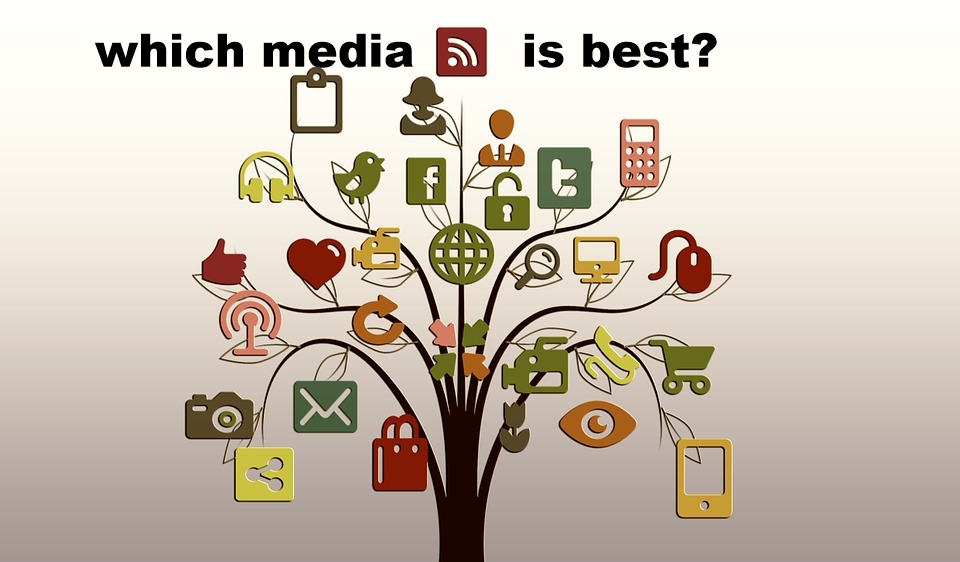
Social media are important tools in a modern researcher’s box of communication tricks.
Since the advent of Facebook in 2004, social media has been used to promote research stories locally, nationally and worldwide, at the touch of a button.
And social media are on the research radar, particularly as social media statistics such as ‘likes’ or ‘re-tweets’ are being used to measure research reach and impact (as imperfect as that is).
Individual researchers and groups regularly ask me, “what is the best social media to use to promote my research?”
My answer is similar to what I have stated previously: “What do you want to say, and who to?” [read more in Selecting the ‘best’ medium]
What you want to say is the basis for the content of your story. As noted in my previous blog What makes a good research story, content is the vital part of any research message.
Remember “head, heart or hip pocket”? Read more in What makes a good research story.
As an addition consideration, some social media are useful for particular audiences, such as Linked In for professionals or Tik Tok for younger audiences.
After you answer these, the next question is: “How can you best present this to the audience you identified?”
Various social media can successfully present different types of content, from photographs [via Instagram] and videos [YouTube], to short text ‘grabs’ [on Twitter] and audio files [Soundcloud].
Some social media attempt to combine various content types – like Facebook or Linked In – to provide ‘multimedia experiences’. However, as noted above, these may only reach special audiences or ‘tribes’, so you may still need to use multiple messages on multiple platforms to promote your message.
In this regard, social media face the same challenges as traditional broadcast media – there is no one medium that is guaranteed to send the whole message that reaches everyone!
Indeed, it can be argued that modern audiences are even more fractured in their use of different media: spreading the word across a whole community or nation has become even more problematic.
Therefore, I believe you must get to know the audiences and the media they use:
- If you want to contact your research colleagues, Twitter may be best.
- If your research could influence younger audiences, perhaps Snapchat or Tik Tok may be useful.
- If you want to have all details of your research available to the general public, ensure the message is on a website with all appropriate content so you can send the link via social media.
There is no simple answer to the question of which social medium is best.
Most useful of all, however, are your personal networks, both within your professional circles and in your community.
Collect those business cards, make those phone calls, write those emails, and network – those connections are invaluable for spreading research stories to the people who will listen and take notice, not just hear or read and delete.
And don’t forget to talk – tell people about your work. You never know who may be listening.
Looking to plan your use of social media to promote your next research story? Contact The Comms Doctor® via email contact@thecommsdoctor.com.au or visit the Comms Doctor® website.

